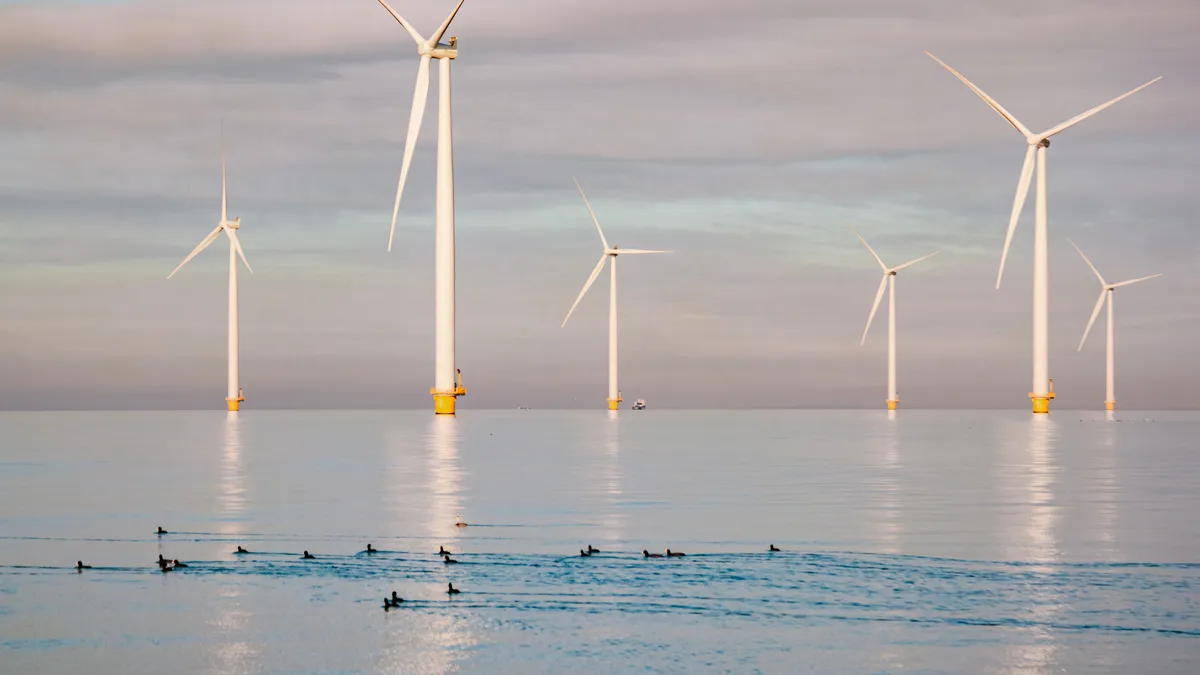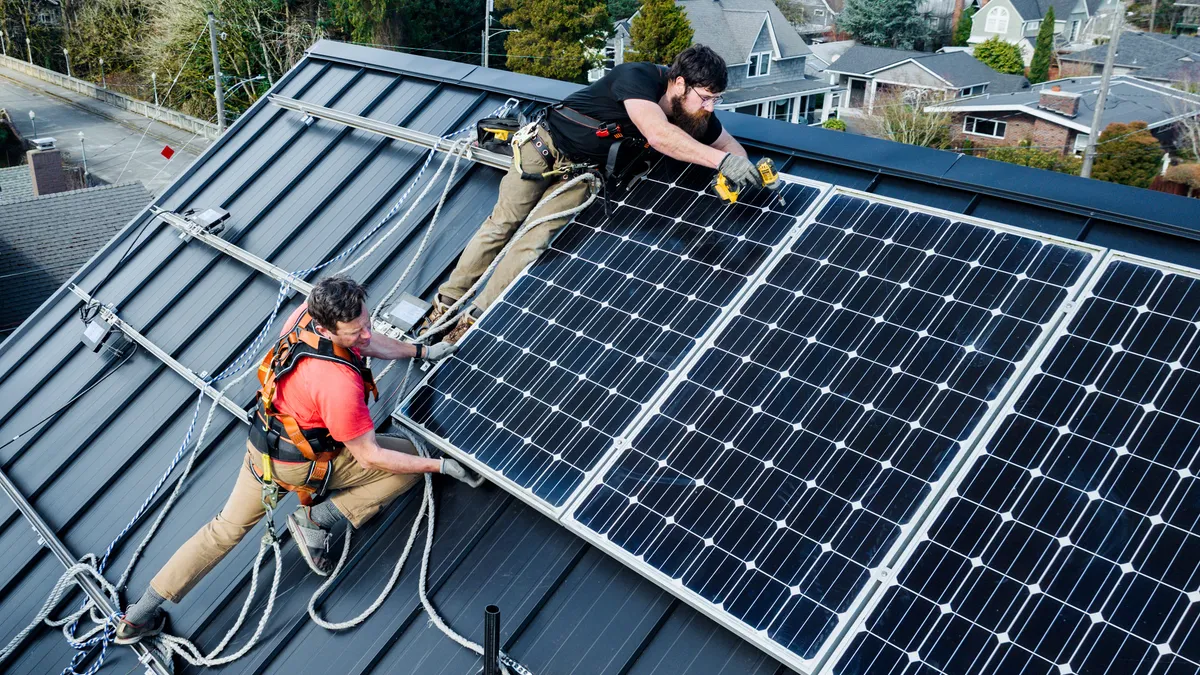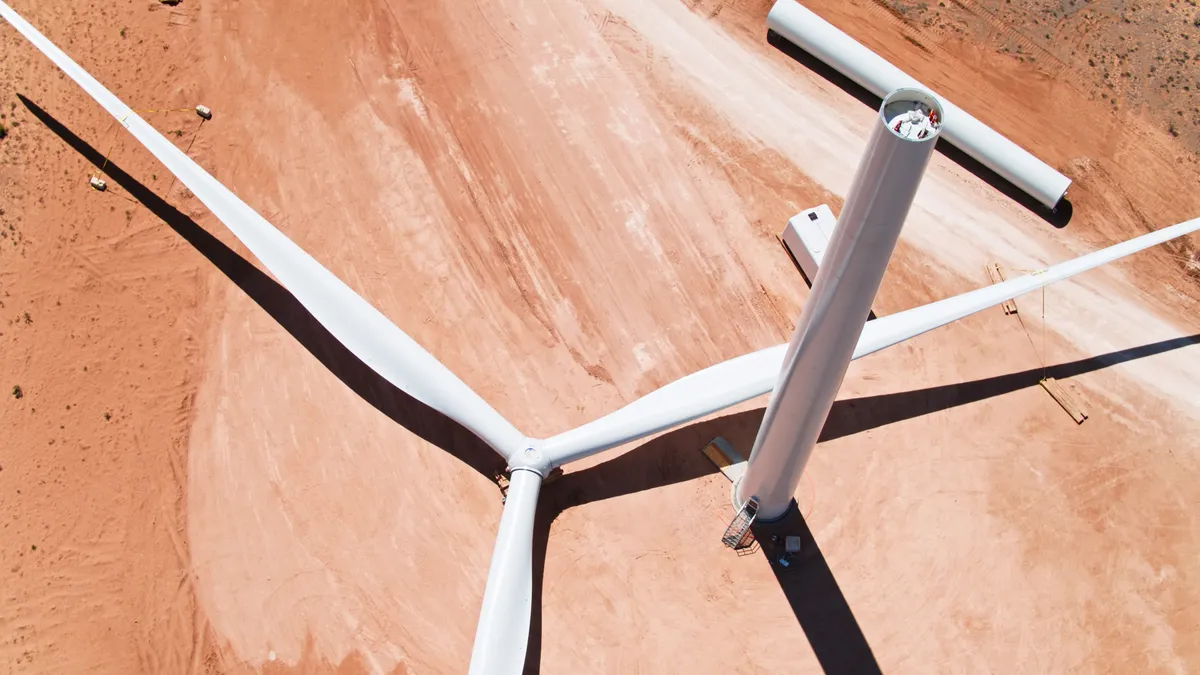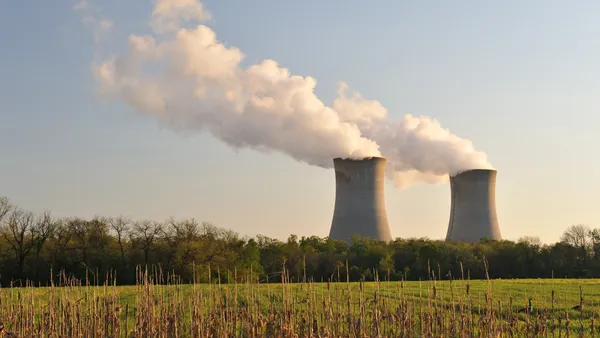While much of the energy storage sector is working at the edge of financial sustainability, one technology is doing fine.
Margins are good for the two dominant providers of cooled liquid storage, which uses low-priced nighttime electricity to freeze or cool a liquid and then utilizes the chilled liquid to help offset electric air conditioning loads when power prices peak during the day.
“We are generally earning margins in the 25% to 30% range and that is unusual in the storage industry,” said Ice Energy CEO Mike Hopkins. “For most of the companies, especially in the lithium ion space, the cost is not competitive yet and they have to price their product at no margin.”
Unlike the many emerging battery energy storage startups just starting to serve today’s exciting marketplace, Ice Energy has been providing cooling storage for 5-ton to 20-ton air conditioning systems since 2003.
The privately-held company has over 10 MW of installed storage capacity that has logged over 30 million operational hours, with signed contracts for 31 MW more, Hopkins said.
CALMAC, which uses a similar storage technology but a very different business model, has installed over 4,000 of its 100-ton to 10,00- ton chiller and storage systems since 1978 and “has been earning sustainable profits for decades,” according to CEO Mark MacCracken.
Their business models diverge since CALMAC’s system is designed to cut the peak electricity usage of big buildings, while Ice Energy’s system is designed to help utilities reduce their system peaks.
But both companies see stored cooling as “the low hanging fruit” in an effort to manage the grid’s peak load.
The CALMAC approach
The expectation of cooling on demand “has destroyed the electric grid,” MacCracken said.
Between 1960 and 2014, the load factor on the U.S. grid decreased from 70% to less than 50%. "That means we have twice as much infrastructure to deliver electricity as we would need if electricity was used at a level rate day and night," he said. "That is trillions of dollars of excess.”
Americans' world-leading demand for air conditioning is a leading cause.
“The instantaneous creation of cooling is 30% to 40% of the peak electricity draw on a hot summer day,” MacCracken said.
But using a battery to run a compressor to instantaneously cool a building would be “ludicrous,” he said. “It is way more cost effective and energy efficient to use electrons at night to create cooling and use the cooling for the building during the day.”
Most big buildings have a chiller system in the basement or on the roof, and that's where the cooled liquid storage comes in. When installed, the CALMAC system draws in ambient temperature water and cools it to 44°F. A network of pipes takes it through the building’s ducts. Fans blow air across the coils, using the cold water to cool the air, and the building can draw down its temperature using minimal electric power.
The system can be water-cooled or air-cooled. It is 80% to 99% efficient round-trip storage, with water cooled systems at the higher efficiency end. Bigger buildings, often mandated by building codes, typically have water cooled chillers. Smaller buildings are more likely to use air cooled chillers because what they lose in efficiency they can make up for in maintenance.
“A water cooled chiller requires 0.75 kWh to make one ton of cooling for one hour in a building. An air cooled chiller, because it operates at a higher temperature, requires 1.3 kWh for one ton of cooling for one hour,” MacCracken said.
Either system, he added, is almost one-third more efficient than pumped hydro storage, the other storage technology with decades-long experience on American grids.
CALMAC installs its systems in new and retrofit big building construction. Its IceBank energy storage tanks can be added with a standard chiller system at no additional cost, MacCracken said.
“In our Full Storage option, enough cooling is made at night so there is no need for cooling during the day. Our Partial Storage option allows the building to use a smaller chiller and use the stored cooling to meet half the load,” he went on. “And we can do anything between the two options.”
A building that had a 1,000-ton air conditioning need would typically have three 400-ton chillers to meet demand. For the same cost, CALMAC can install two 400-ton chillers and “the money saved on the third system would pay for the storage,” MacCracken said. “The stored cooling acts like a chiller and every day it reduces that building’s energy cost for cooling.”
With a retrofit, CALMAC can manage the costs so there is a three year payback with a 33% return on the building owner’s investment (ROI), or a four year payback with a 25% return, he said.
“Customers typically ask for a 3 year payback," MacCraken said. "It is baffling why they won’t go forward without such a big ROI when they get a much lower return on stocks and bonds.”
A recent retrofit of Manhattan’s Credit Suisse building used a $600/kW city rebate to get to a 21% ROI on a 4.5 year payback, the CEO said. Because of increasing concern with peak demand, Consolidated Edison is offering New York City building owners a $2,600/kW rebate for thermal storage retrofits through June 2016. That makes today’s economics especially appealing.
An example of a large building renovation, MacCracken offered, might require a $9 million investment for thermal storage. Such a system would be expected to cut cooling costs $1,500,000 per year and would get $6,085, 958 from various incentive programs. Assuming a 3% utility cost escalation, it would give the building owner a 54.5% ROI and a 1.9 year payback, according to MacCracken.
Take a large building renovation for example, MacCracken said. Such a venture might require a $9 million investment for thermal storage and would be expected to cut cooling costs $1.5 million/year. The system would also get some $6,085,958 from various incentive programs.
The Ice Energy approach
Grid infrastructure is “double the size of the average day’s demand because it is sized to meet the entire year’s momentary maximum peak,” Ice Energy's Hopkins said, echoing MacCraken's point about load factor. “Without energy storage, supply and demand have to be matched at every moment in real time. With energy storage, supply could be efficiently accumulated and demand could be efficiently served.”
Cooling is not a problem most of the time, but “when it is a problem, during peak demand, it is a big problem,” Hopkins said. “The spike in A/C demand is often what brings down grids.”
Because of the overbuilt grid, there is no major commodity that is “so inefficiently delivered as electricity,” he said. “That is not the utilities’ fault. It is due to a lack of storage. Our business is primarily selling to utilities.”
Ice Energy grabbed some headlines late in 2014 when Southern California Edison (SCE) awarded it power purchase agreements (PPAs) for 26 MW in its local capacity requirement (LCR) procurement.
Without the storage, SCE faced the need “to feed the peak demand,” Hopkins said. “That means upgrading feeders, adding substations, increasing the carrying capacity of transmission lines, and/or adding peaking power plants.”
Four-fifths of Ice Energy’s installed capacity has been through utility purchases or contracts. With California’s increasing effort to move its investor owned utilities away from owning generation, Hopkins expects more opportunities. Utility rebates have been fundamental to the company’s business model.
The company’s Ice Bear unit is behind-the-meter storage. Instead of a chiller, the Ice Bear works with air conditioning (A/C) units. It is placed on a commercial property at no cost to the customer, and is either owned and operated by the utility or Ice Energy itself. The customer gets the benefit of reduced cooling costs.
The savings depend on the A/C unit’s location, size, and age.
“The older the A/C, the more electricity it needs to do the same work. The hotter it is, the more electricity it needs to do the same work,” Hopkins said. “When it is 90 degrees, a new, standard 5 ton A/C might need 5 kW to 7 kW to cool the room to 70 degrees,” he said. “A 20 year old A/C would need 11 kW to 12 kW.”
Because installing a new A/C unit with the Ice Bear installation requires no extra labor, customers typically get “the lowest-priced air conditioning unit they ever got,” Hopkins said.
The technology, when deployed across many locations, can also significantly reduce peak system load, he added.
“Our LCR contract with SCE is a PPA in which we own the Ice Bears and provide the utility with a 20 year service, just like a solar power plant," Hopkins said. "The PPA is for peak capacity, services to meet peak, in MWs.”
When activated by the utility, the Ice Bear turns off the A/C unit’s compressors and substitutes cooling stored the previous night.
“We are paid either a monthly or a quarterly capacity charge that we receive over the term of the PPA unless we fail to deliver peak capacity by turning off the A/C compressors when called on," Hopkins said. "The utilities see a local load spike and it disappears.”
SCE also gets as much as 60 kWh of stored energy it would have had to supply from generation units — energy that can be marketed to improve the value proposition of the storage.
Another new behind-the-meter opportunity is just now opening for Ice Energy. The technology just completed qualification for California’s self-generator incentive program (SGIP), which offers incentives comparable in price to utility rebates that go directly to electricity customers who install technologies like the Ice Bear.
“It is likely to end up being a very significant percentage of our business,” Hopkins said.
The installed cost to a private sector customer of an Ice Bear and a 5-ton A/C is about $25,000, Hopkins said. The SGIP rebate of $1,800 per kW covers about 40% of that.
The installed cost to utilities is significantly less than $25,000 because they buy at a megawatt scale, he added. “Our pricing is about $1,000/kW for the Ice Bear and complete balance of system.”
The 100% turnkey service to utilities includes locating and signing customers, installing, commissioning, and doing all maintenance, Hopkins said. It is “about or just under $2,000/kW for a 20 year asset with minimal maintenance costs, about 1.5% per year."
"That includes Ice Energy’s 25% to 30% margin," he added.
Solar-plus-ice
Increased penetration on the grid from renewables has enhanced the value proposition for cooled liquid storage, MacCracken said.
“Before we just offered customers the opportunity to benefit from the arbitrage of day and night power prices and reduce peak demand charges by storing cheap electricity at night and using it when electricity was expensive during the day,” he said.
But now, with more clean energy onthe system, “we are also offering the opportunity to store cheap energy from wind or other renewables," the CALMAC executive said.
As the impact of demand charges on customer bills and the need of utilities to meet peak demand ramps increase, MacCracken believes those services will become more valuable. “It will add more value to storage because it can ramp more quickly and more often.”
Cooling storage also has a price advantage, according to Ice Energy's Hopkins. Recent private sector evaluations found “the Ice Energy selling price is roughly half that of state-of-the-art lithium ion batteries,” he said. “They are coming down a little faster than Ice, but our cost will be about half within five years.”
Partnering up with NRG Energy and other solar providers, Ice Energy just announced the launch of a unique hybrid PPA for utilities. “Like our traditional PPA, it is a number of MW and it is the same turnkey offering. But this is half solar PV and half Ice Bear storage.”
NRG is “excited about the potential for integrated solar PV and Ice Bear energy storage solutions for the market,” NRG Energy New Business Senior Communications Director David Knox told Utility Dive.
Hopkins believes utilities will see new opportunities with solar-storage projects.
“Utilities will see the solar, see and control the storage, and be able to move the solar around in the optimal way for the grid,” he said.
Increased use of storage is going to happen at the consumer level and the grid level, Hopkins believes.
“Building loads will flatten. Utilities will start transforming their grids," he said. "If you installed storage with every solar installation, there would be no over-generation.”






















